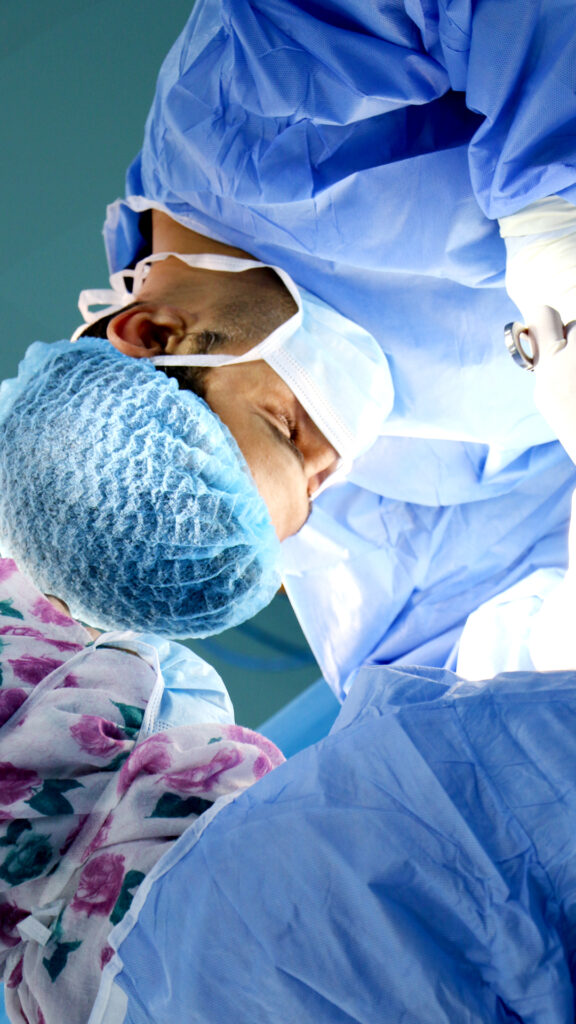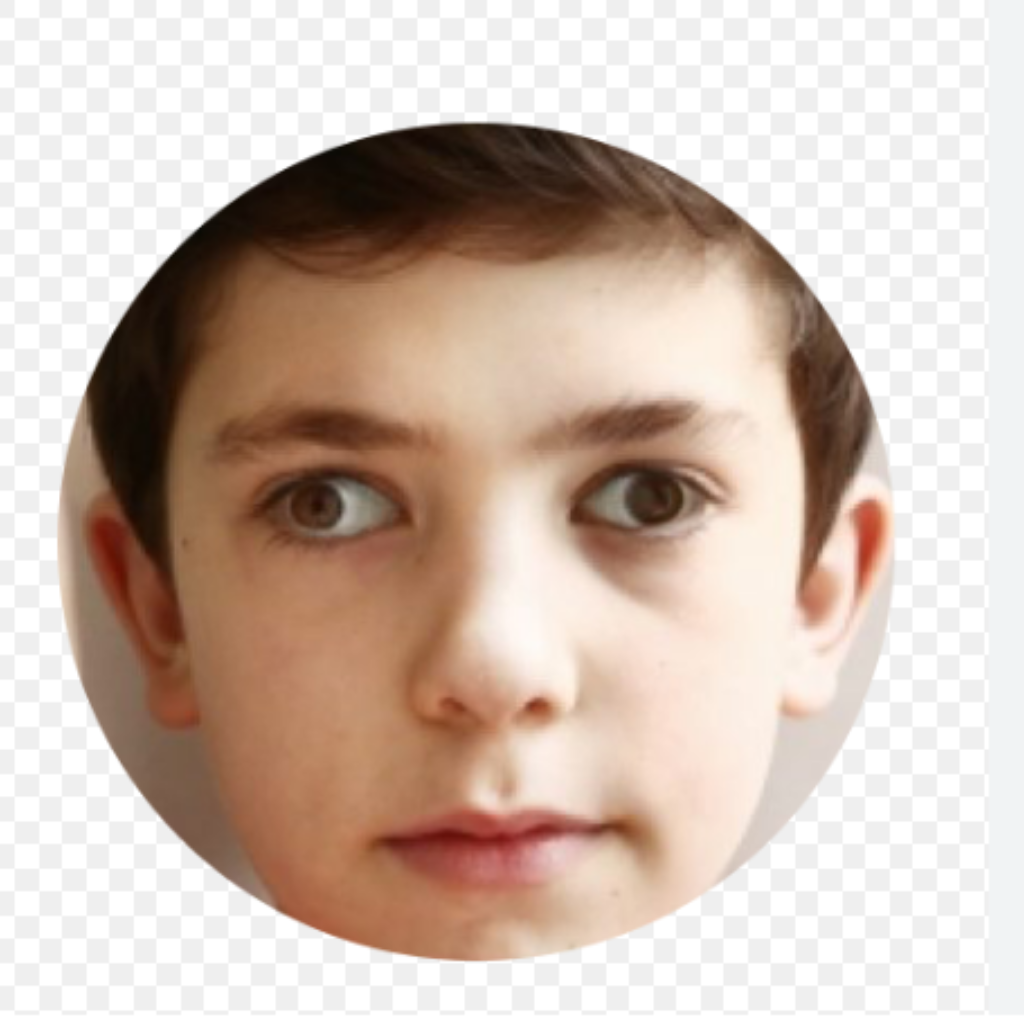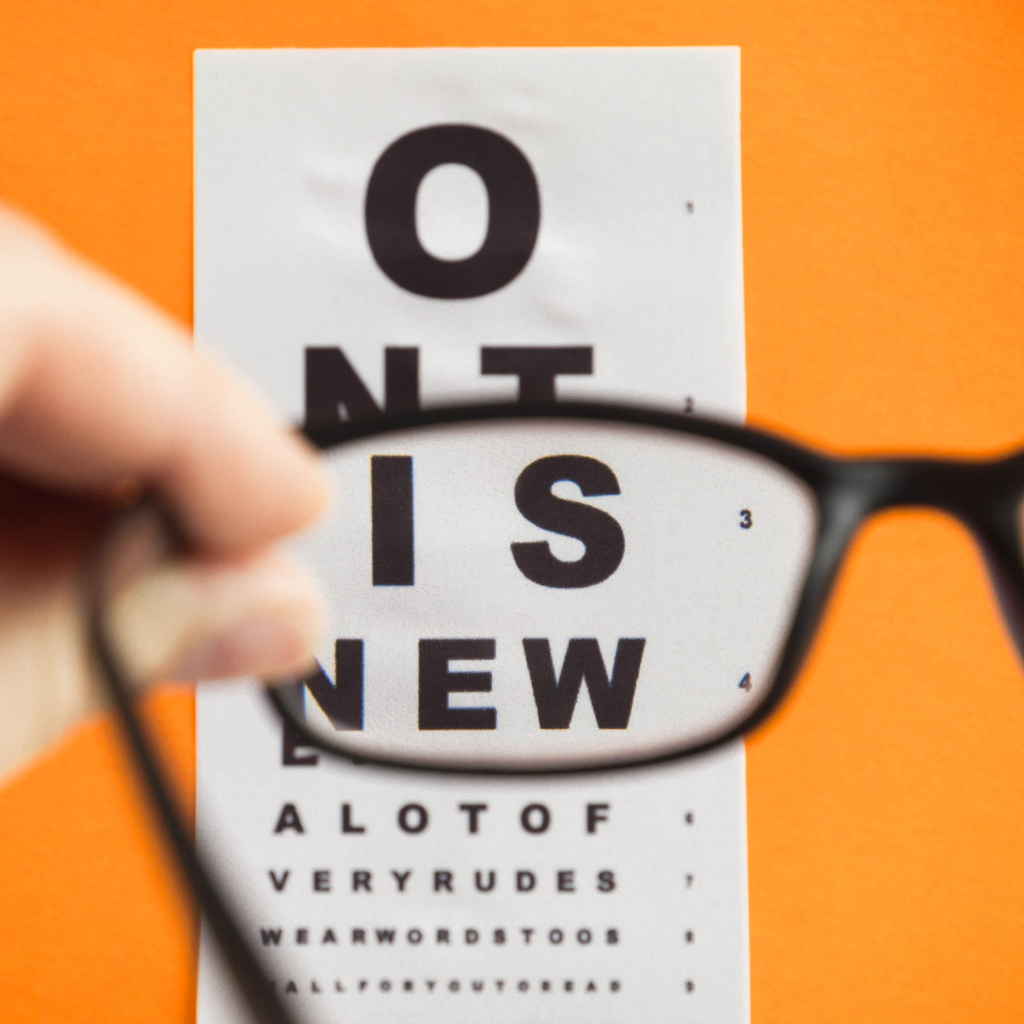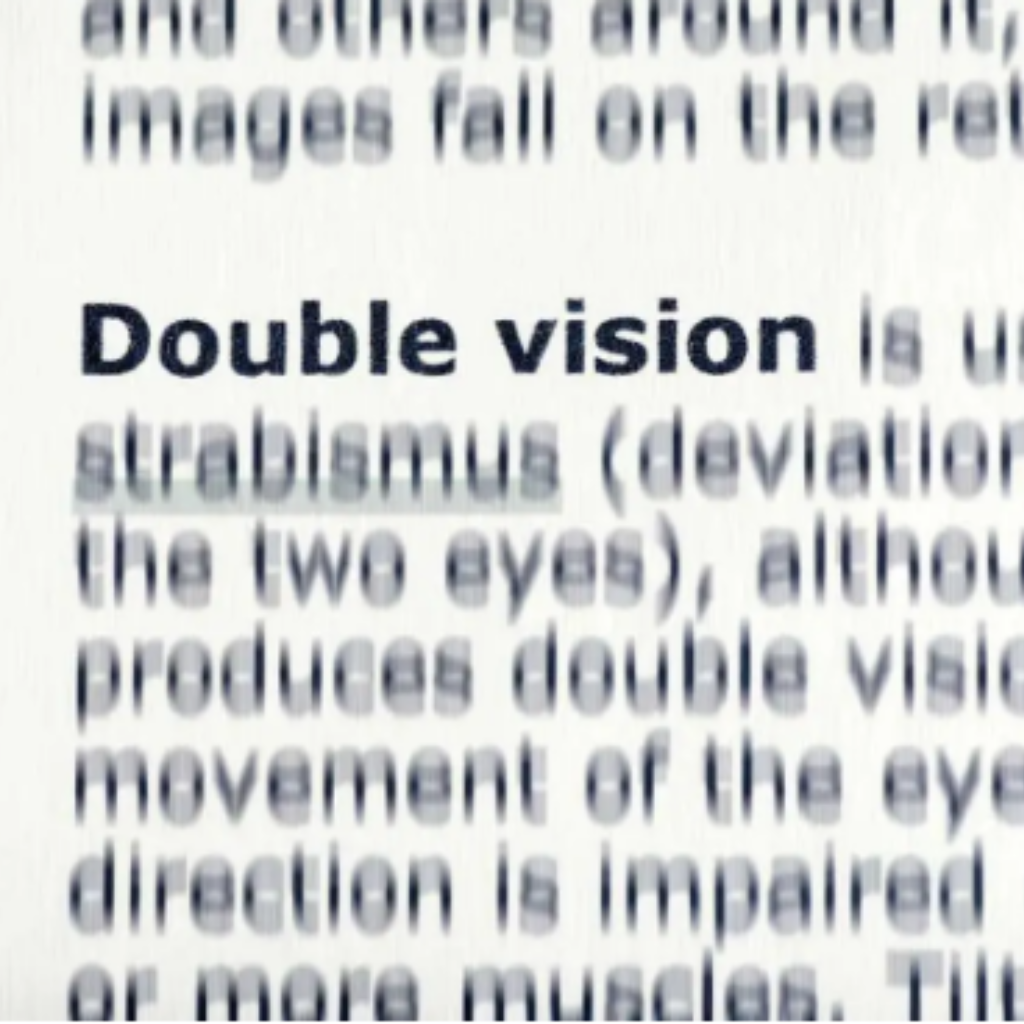
Medical Treatment for Squint?
With the most cutting-edge squint control techniques now available, you may restore your vision and enhance your personality. A nonsurgical Approach seeks to improve eye alignment and fix any vision loss that results from it (amblyopia). To adjust the posture of the eye, surgery may involve treating one or more eye muscles (s).







